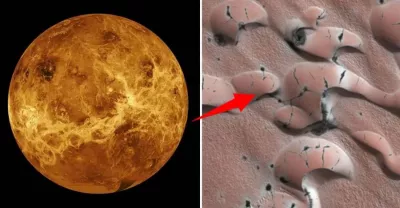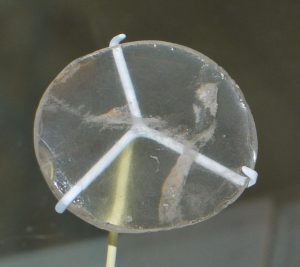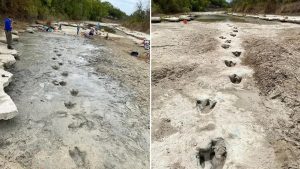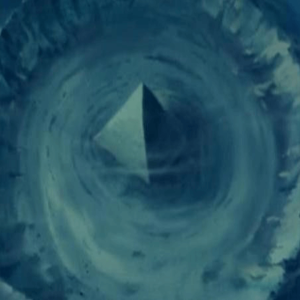Skip to content
In order to explore Mars and find the existence of life on Mars, humans have been sending various probes to Mars since the last century. Almost as soon as human beings have the ability to break free from the earth’s gravity and fly into space, human beings begin to explore Mars .
In 1960, the former Soviet Union sent two Mars probes to Mars successively , with a difference of only 4 days. Although they both ended in failure , and they did not even reach the earth’s orbit, this was the beginning of human exploration of Mars. Two years later, after another failure, the former Soviet Union launched Mars 1. Although this time it successfully entered the orbit to Mars , four months later, the signal was interrupted . , still fails.

In 1964, not far behind, the United States successfully launched the Mariner 4 Mars probe , and became the first probe to reach Mars and send back data . It flew over Mars at a distance of about 9,800 kilometers from the surface of Mars and sent back data. 21 photos.
These photos can clearly show the surface. The density of the atmosphere on Mars is very thin , not as thick as the earth, and the Mars in the photos breaks people’s previous illusions about it. Its surface is dry and dusty, and there are no oceans and rivers . Since then, various countries have made attempts. The United States, the Soviet Union, China, Europe, Japan and other countries have continuously launched dozens of Mars probes.

In 1997, the first Mars rover “Sojourner” came to Mars and completed a complex study of the Martian geology and climate, but still no direct evidence of the existence of life on Mars was found . In December 2000, the U.S. Mars “Global Explorer” satellite took a picture of Martian sedimentary rocks . Scientists speculated that there may have been lakes on Mars billions of years ago, and life may past traces .
And according to the photos, the sedimentary rock very similar some sedimentary rock layers formed by the action of water flow , which the lake bed formed by the drying up of the lake . Water is one of the important factors for the formation of life, which further confirms the conjecture that life exists on Mars .

Chinese researchers also said that if life really appeared on earth, it would not only mean that the existence of life was discovered outside the earth for the first time, it would prove the universality of life in the universe , but it would also help human beings through Changes and developments in the Martian environment, to find better ways to protect the earth .
Later, NASA scientists said that they discovered a worm , and they speculated that it was petrified bacteria . And these bacteria were not found on the surface, and could not have been eroded by bacteria from the earth.

Some people questioned that these biological-like structures may not be biological. As scientists studied through high-definition electron microscopes and other equipment, they found that 25% of the structures in meteorites were chemically consistent with the composition of bacteria on Earth , which further confirmed Mars There may be life on it. At the same time, as more and more evidence shows that liquid water , some scientists speculate that Mars may have been more habitable than Earth long ago.
Sand dunes discovered by scientists may be clues
Scientists have been searching for traces of life on Mars, but have never found the core evidence.
As scientists have , it has also deepened scientists’ speculation about the existence of life on Mars. These mobile dunes are located in the basin and are influenced by the monsoons, and some merge or separate to form new dunes . These dunes will form a crescent -shaped concave shape, and the more special shape is very likely to preserve life on Mars, and may creatures hundreds of millions of years ago .

This is because the dunes have a certain depth, and with the topography of the basin and the influence of the monsoon, there may be seasonal liquid water on the edges of the dunes . Due to the lack of protection of the atmosphere, Mars is often affected by radiation from the universe . However, there are enough shelters in front of and behind the dunes, which can avoid the interference of radiation and provide a more suitable living environment for the existence of life.
In fact, there are cases where sand dunes support life on Earth, and the environment of Mars is similar to Earth, and the dunes are very similar. Although there are differences in radiation, if there are creatures living inside or at the bottom of Martian sand dunes , it is safe to effects of radiation . As early as 2016, American scientists discovered the first batch of mobile dunes on Mars. These dunes are up to 75 meters high and have existed for a long time, which can fully provide sufficient living space for life on Mars .














